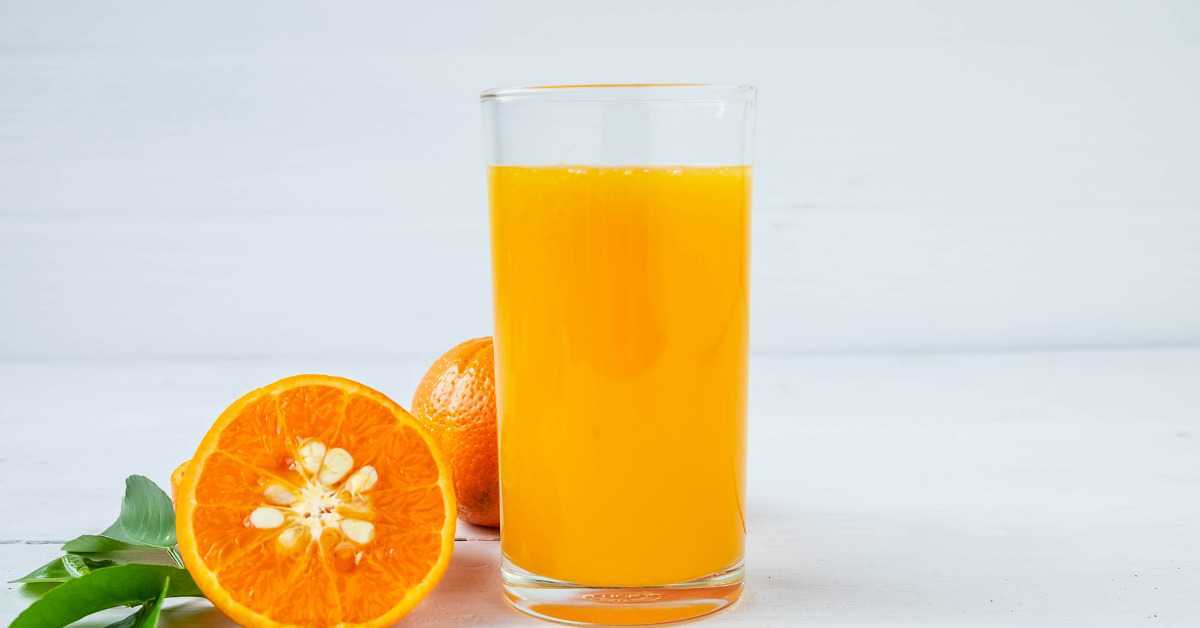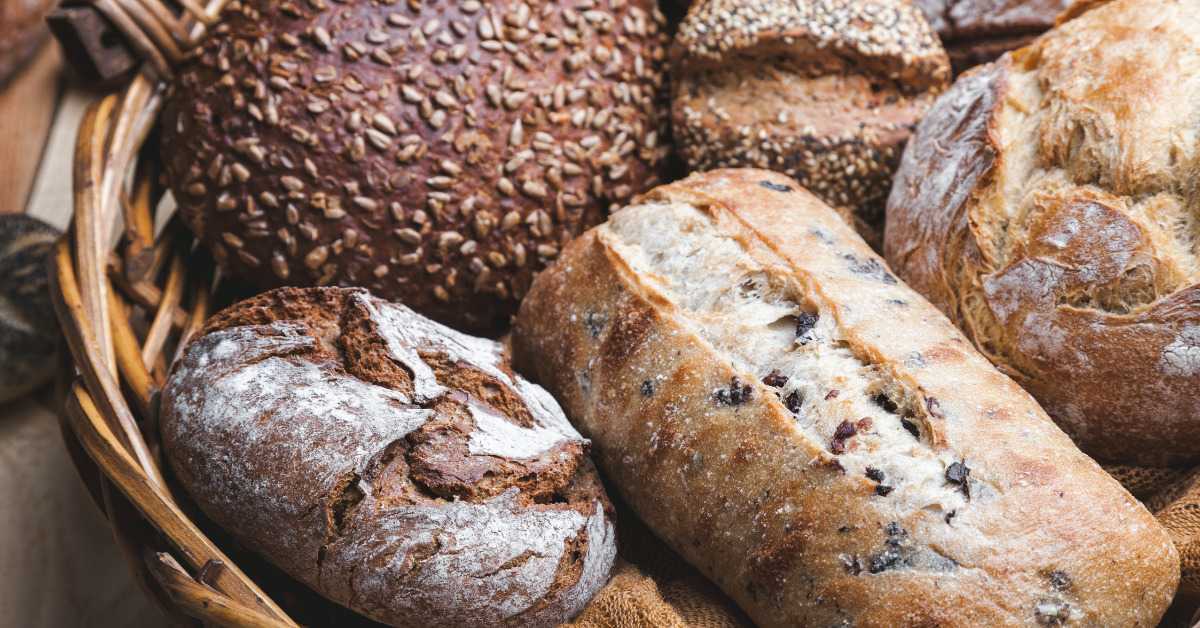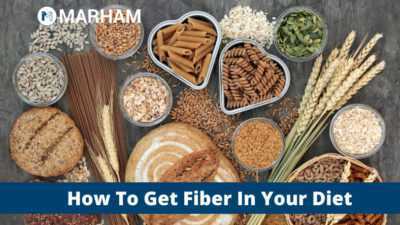Increase your fiber intake. It’s a term that you’ve probably heard before.
Constipation is one of the most prevalent health issues that can be avoided or relieved by eating a diet rich in fruits, vegetables, whole grains, and legumes.
On the other hand, fiber-rich meals can help you maintain a healthy weight and lower your risk of diabetes, heart disease, and some types of cancer, among other health benefits.
Fiber-rich foods aren’t hard to come by. Consult the best dietician in Lahore to know how to get fiber in your diet and how much dietary fiber you need?
What Is Dietary Fiber?
Dietary fiber refers to plant parts that your body cannot digest or absorb. While your body digests and absorbs lipids, proteins, and carbohydrates, it does not digest and absorb fiber. Instead, it passes through your digestive system, including your stomach, small intestine, and colon, before leaving your body.
Health Benefits Of Dietary Fiber:
- Dietary fiber’s softening and bulking properties are well established. If your feces are substantial, you are less prone to get constipation. When your stools are watery and loose, fiber can help firm them up by absorbing water and providing volume.
- This fiber aids in the maintenance of gut health. A high-fiber diet can help avoid hemorrhoids and small pouches in the colon (diverticular disease). According to a study, a high-fiber diet is also associated with a lower risk of colorectal cancer.
- Soluble fiber found in beans, oats, flaxseed, and oat bran may help lower low-density lipoprotein (LDL) cholesterol or “bad” cholesterol. High-fiber diets have been shown to provide additional heart-health advantages and decrease blood pressure and inflammation.
- Soluble fiber, in particular, can assist diabetics in lowering their blood sugar levels by decreasing sugar absorption. A nutritious diet high in insoluble fiber may lower the incidence of type 2 diabetes.
- Because high-fiber foods are more filling than low-fiber ones, you will likely eat less and feel fuller for longer. The fewer calories per unit of food you obtain from high-fiber meals, the longer it takes to consume and the less “energy dense” it is.
- According to research, increasing your dietary fiber intake, particularly cereal fiber, has been related to a lower risk of death from cardiovascular disease and all cancers.
How To Get Fiber In Your Diet?
Nutritionists recommend consuming at least 21 to 38 grams of fiber each day to maintain optimal health.
It may be tough at first to fulfill your daily fiber goal, but if you eat a diet high in whole grains, vegetables, fruits, and whole grains, you’ll soon notice the benefits.
Rather Than Just Drinking The Juice, Eat The Full Orange
Orange is high in vitamins and minerals. When you eat an orange whole, you receive more fiber, a sweeter flavor, and all of the fruit’s vitamins and minerals. A full orange contains 3.7 grams of fiber, and a half-gallon of orange juice has less than one milligram of fiber.


You Can Eat Apple And Pears With Their Skin Skin
Peeled fruits and vegetables may be unappealing to fussy eaters. Apples and pears can be eaten with their skins on; bananas and oranges’ skin should be avoided.
More than half of the fiber in the fruit originates from the skin.
Use Your Potatoes Unpeeled
Perhaps there’s a pattern developing here. Compostable products that you would normally throw away are likely to be helpful to your health. Because the skin retains so much fiber, unpeeled potatoes are equally as good as peeled potatoes when producing mashed potatoes.
Avoid buying potatoes that are greenish on the outside because they taste terrible.
Use Whole Grain Bread
Many individuals prefer refined white bread’s milder flavor and texture to whole grain bread, which is heavier in both taste and texture. However, much of the fiber is lost when the bran is removed during the flour-making process.


Don’t be surprised if you no longer appreciate the taste of white bread after a few weeks of consuming whole-grain bread.
Consume Oatmeal
Oatmeal can be boring, but we’ve discovered a method to make it more fascinating. There are several methods to get started, and take steel-cut oats, for example.
The wait is well worth it, even though they take a long time to prepare. You can also use quick-cooking or rolled oats. Top your oats with berries, dried fruits, and a honey or brown sugar drizzle for a full and fulfilling breakfast.
You Can Use Beans And Lentils As A Side Meal
Legumes contain an incredible amount of fiber. You can considerably enhance your daily fiber consumption by including beans or lentils in your lunch or dinner meal.
Black beans offer 8.3 g of fiber per half-cup, while lentils have about 8 g of fiber.
Beans are high in fiber and packed with nutrients, whether cooked or eaten as a side dish. Canned beans are also OK, and just give them a brief washing before cooking.
Book an appointment now to answer all your queries. You can book an appointment with the top nutritionist in Lahore through Marham by calling the Marham helpline: 0311-1222398 or by online booking facility through the website or Marham mobile app.
| Android | IOS |
|---|---|
  |
  |
FAQs
How does fiber work in the body?
Unlike most carbohydrates, fiber cannot be broken down into sugar molecules and travels through the body undigested. Fiber regulates sugar usage in the body, reducing appetite and blood sugar levels.
How much fiber per day?
Women should aim for 21-25 grams of fiber per day, while men should aim for 30–38 grams.
Are eggs high in fiber?
Scrambled eggs are high in protein but low in fiber. Add some chopped spinach, broccoli, artichoke, or avocado to change it up. Or use them as an omelet stuffing.

